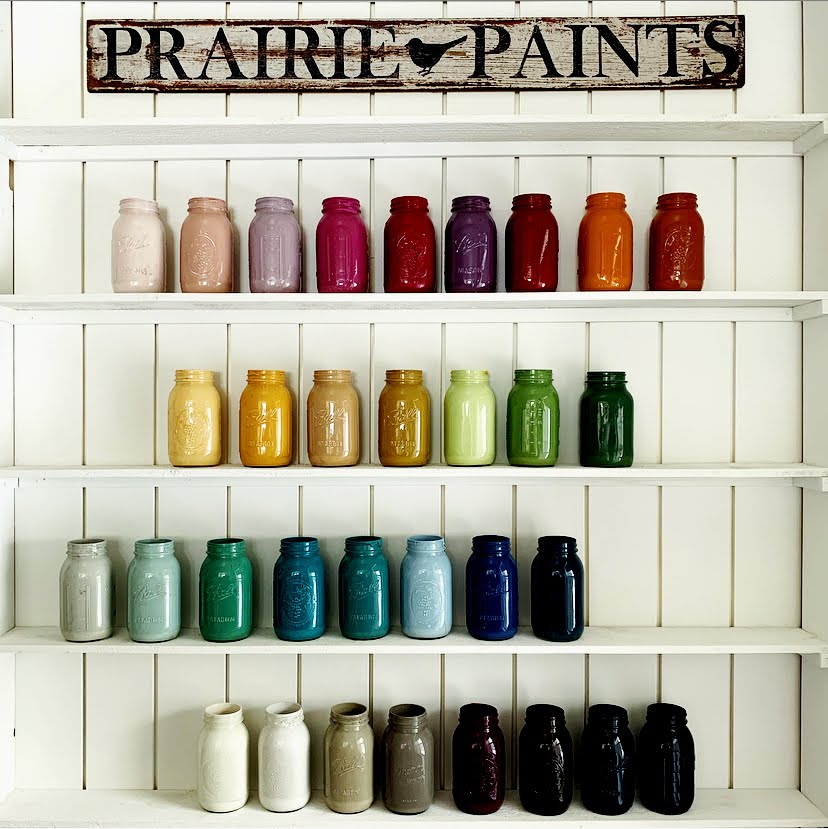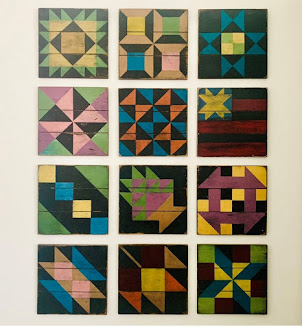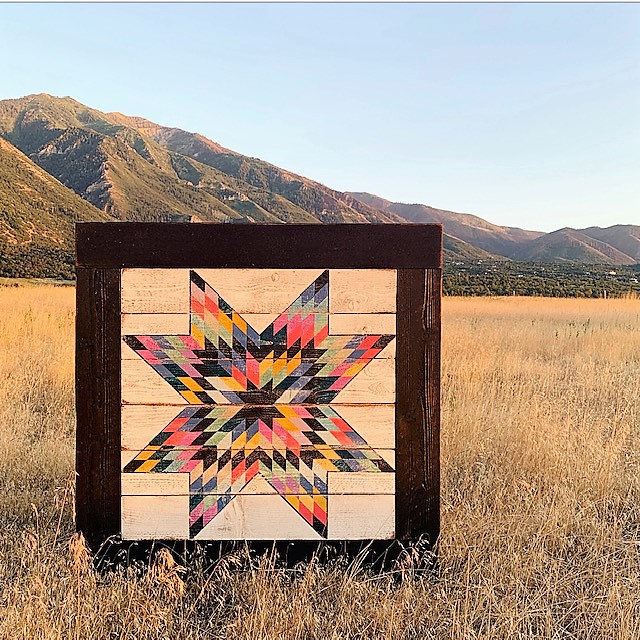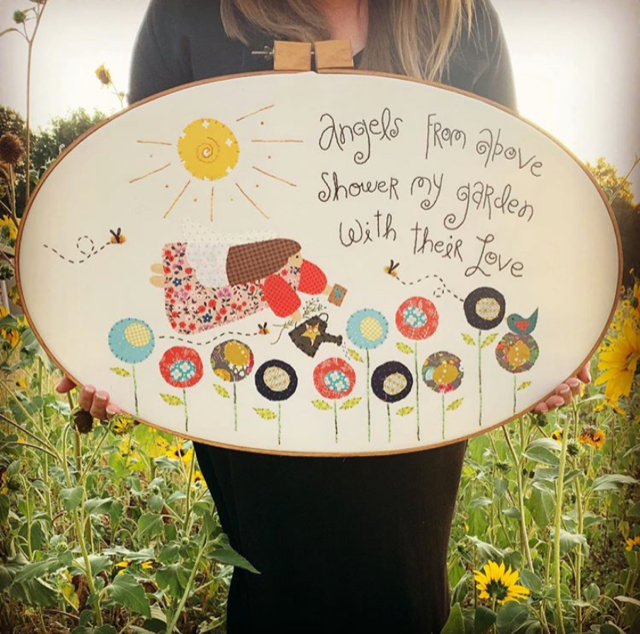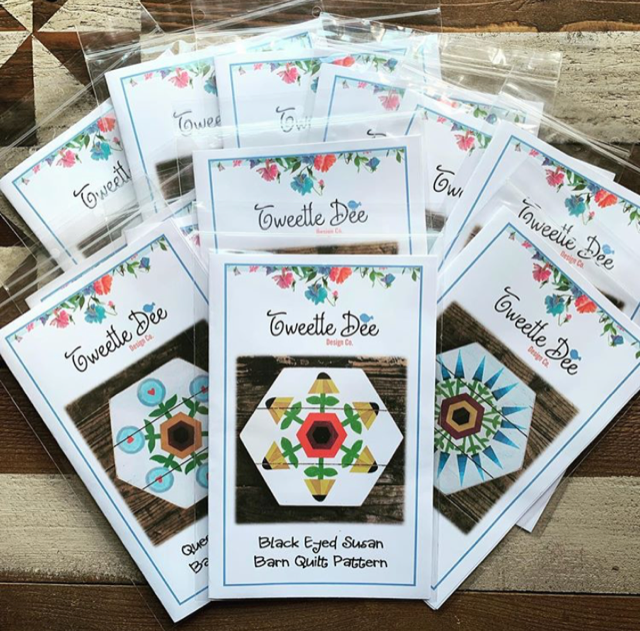This is my first blog post since the fires came to our mountain home. We are so thankful to be back in our home, with all of our neighbors and friends close by. If you follow me on Instagram you know the story of how close these fierce flames came and how the prayers of many changed hearts and allowed us all to see a true miracle. I will write more about it soon.
I purchased my plastic pumpkins on discount at our local dollar store. Some of them had solid stems which I cut off using a knife. Some of the smaller ones had stems that would pop off with hand pressure. Either way, you will want to remove the stem and set it aside until later.
If there was any stem coloring on the pumpkin body or if I used a orange pumpkin, I painted it white with Chalk Paint. You want a white surface so the tissue paper pattern shows well.
Let's talk tissue paper while your paint is drying. I love beautiful patterns and colors and especially in delicate papers. The tissue papers I purchased from Amazon were part of a wildflower collection in the previous link. You can find any kind of patterned tissue paper, however, you do pay for quality when you pay a little more. Meaning, the colors do not bleed and the paper is a little thicker which works great for this craft.
Fold the paper into a square and cut the open edge in a curve to create a circle. Lay the circle over the top of the pumpkin and make sure it reaches about 3/4 of the way down the pumpkin. The smaller the pumpkin the smaller the circle. The larger the pumpkin the larger the circle will be. Cut two circles.
Using Modge Podge Matte and a chip brush, lightly coat the top of the pumpkin down about 3/4 of the way. Carefully place the tissue paper circle over the top of the coated pumpkin and begin smoothing and folding the paper to the pumpkin.
Make folds or tucks where the ridges are on the pumpkin and lightly press the paper down to the surface. Go all the way around pressing the paper down.
At this point you will tip the pumpkin upside down and repeat the coating of the pumpkin down to the edge of the top piece. Take your second tissue paper circle and eyeball the size from the point of the fold and the bottom of the pumpkin to the edge of the top piece that is already glued on. Trim in a curve to create a smaller circle.
Place this smaller circle down on the bottom and fold and smooth it out as you did to the top piece. Once it is stuck down. Coat the entire tissue paper covered pumpkin in Modge Podge to seal the paper. Let dry for 4 to 5 hours. Using hot glue, adhere the stem to the top of the pumpkin and let dry.
These gorgeous pumpkins can be used in floral arrangements, on candle sticks, in baskets, etc. Anywhere you want a fall touch of color. Keep them up throughout the holiday season...I know I will.
























